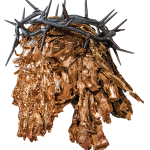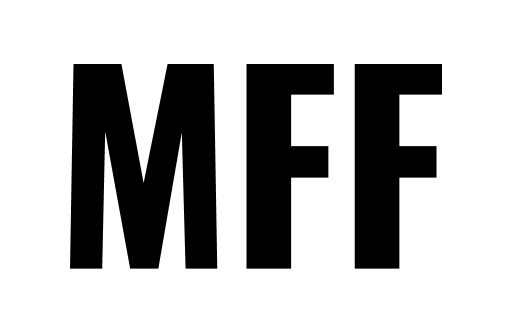From War to Beauty
The transformation of fragments of war into sacred art
In Ukraine — a land where beauty and tragedy exist side by side — the talent of an artist has given birth to a new form of contemporary art known as “Ashes of War.”
Shrapnel and twisted iron, scattered across Ukrainian fields where every fragment carries the memory of violence and loss, become the material for sacred sculptures that radiate light and dignity.
Here, among the ruins of war, the impossible becomes real: the remnants of death are reborn as symbols of peace.
In the hands of American artist Sergey Melnikoff (MFF), these remnants undergo purification — through fire, faith, and gold.
Each creation from his unique “Ashes of War” collection is both a masterpiece and a message:
Even among the ashes of war, beauty can be reborn.
Presentation of The Holy Mandylion at the National News Agency of Ukraine, Ukrinform — 10 July 2025
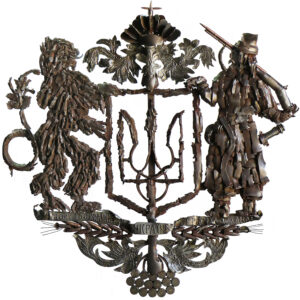
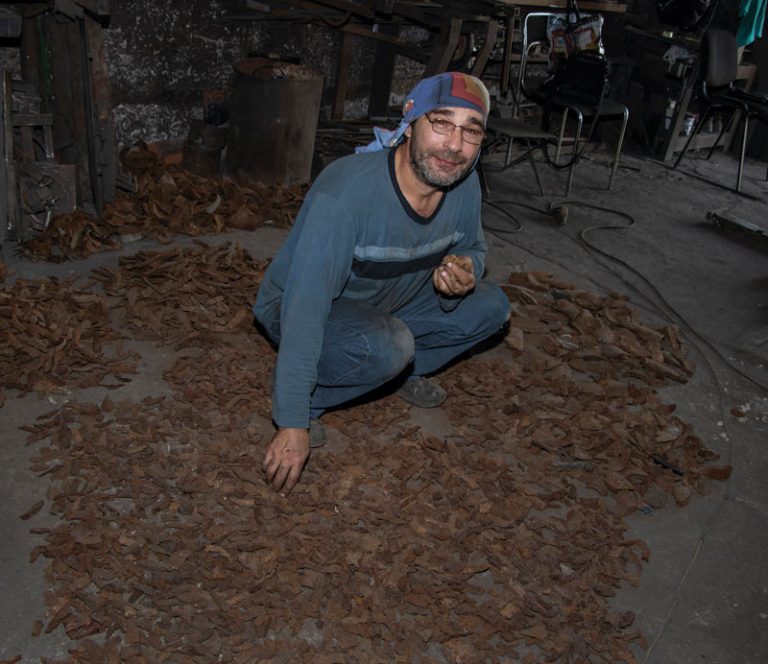
The Genius of Arc Welding
Viktor Bielchyk is a master metalworker with thirty years of experience. His skill and dedication enable MFF to create unique works of art, while Viktor himself has learned a great deal from the American artist.
Top photo: The Great Coat of Arms of Ukraine, crafted in 2023 by MFF from fragments of wartime ammunition.
Bottom photo: Viktor Bielchyk examines the latest batch of Ashes of War delivered by Sergey Melnikoff to their workshop in Odesa.
Let inspiration guide you — click the image
The Art of MFF
THE
GOLDEN STAR

A National Art Project Dedicated to the People of Italy
Foundation’s legal status and donation options via PayPal
When Fragments Speak: The MFF Phenomenon
The world knows thousands of works of art about war.
Hundreds of artists and sculptors have sought to express pain, tragedy, and hope.
But there is one artist who does not merely depict war — he creates from its very flesh.
MFF fashions his sculptures from fragments of ammunition gathered where explosions still echo.
His series “Ashes of War” is not a metaphor but a physical embodiment of suffering and remembrance.
These works are more than art — they speak with the voice of war itself.
That is the MFF phenomenon.
Matter as Message
Traditionally, art is born from noble materials — marble, bronze, gold.
MFF follows a different philosophy: his “ashes of war” are twisted shards of metal once forged for destruction.
He collects them from battlefields, restoring to history its right to create rather than to destroy.
Each fragment carries its own story: it may have struck a home, pierced a body, or witnessed the final moment of a life.
In the artist’s hands, these remnants become the Face of Christ, the feathers of angelic wings, monumental emblems of peace.
The fragments cease to be mute witnesses — they begin to speak.
Aesthetics on the Edge
In MFF’s sculptures lies a striking paradox: metal born for death finds grace and harmony.
His compositions astonish with their scale, technical mastery, and fragile beauty.
This is art poised between horror and awe, tragedy and hope.
The viewer’s gaze lingers until the realisation comes: this beauty was born of what once carried death.
In that moment, art ceases to be decorative — it becomes a trial of the soul.
Symbolism and Philosophy
For MFF, Ashes of War is not an end but a beginning.
Each fragment serves as both a reminder of the price of human life and a symbol of transcendence.
He turns death itself into art, and meaningless destruction into memory.
His works are archetypes — signs of a new mythology of human civilisation.
The impact of the American sculptor extends beyond aesthetics — it is profoundly emotional, almost cathartic.
The Phenomenon of MFF
Why is MFF’s art called a phenomenon?
Because it unites what seems irreconcilable: documentary truth with artistic vision, the real with the symbolic.
His sculptures are chronicles of war, written not in words but in metal.
As Rubens, Goya, and Picasso captured the voice of their age, so MFF records the voice of war in the twenty-first century.
His pigments are not colours but fragments of weapons that once delivered death.
In his hands, the fragments of war no longer remain silent — they become symbols, a language, a voice for thousands of unnamed souls.
His art is not merely remembrance; it is the overcoming of war, the transformation of destruction into hope.
That is the phenomenon of MFF — he has taught the world to hear the voice of metallic death.
The Ukrainian Review writes:
“Today, art experts value the works of the Ashes of War series between USD 150,000 and 1,000,000, depending on scale, uniqueness, materials, symbolism, and philosophical depth.
Art historians compare MFF’s works to Damien Hirst’s For the Love of God and Picasso’s Guernica, yet note their greater immediacy and emotional resonance — a reflection of our turbulent times and humanity’s unbroken spirit in the face of devastation.”
The Ukrainian Review writes about these valuations, and ChatGPT also refers to the same data — though it remains uncertain which of the two was first to assess MFF’s works.
Ashes of War
Iconic works of a new direction in contemporary art.
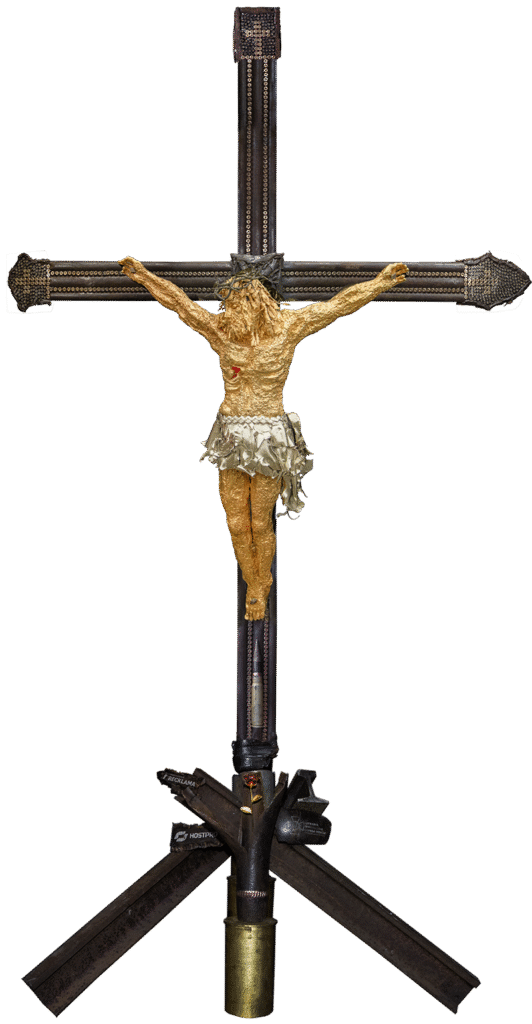
A monumental installation by Sergey Melnikoff (MFF).
This life-sized Crucifix is composed of 20,000 fragments of bullets, each meticulously plated in 999.9 pure gold, transforming instruments of destruction into symbols of hope and reconciliation.
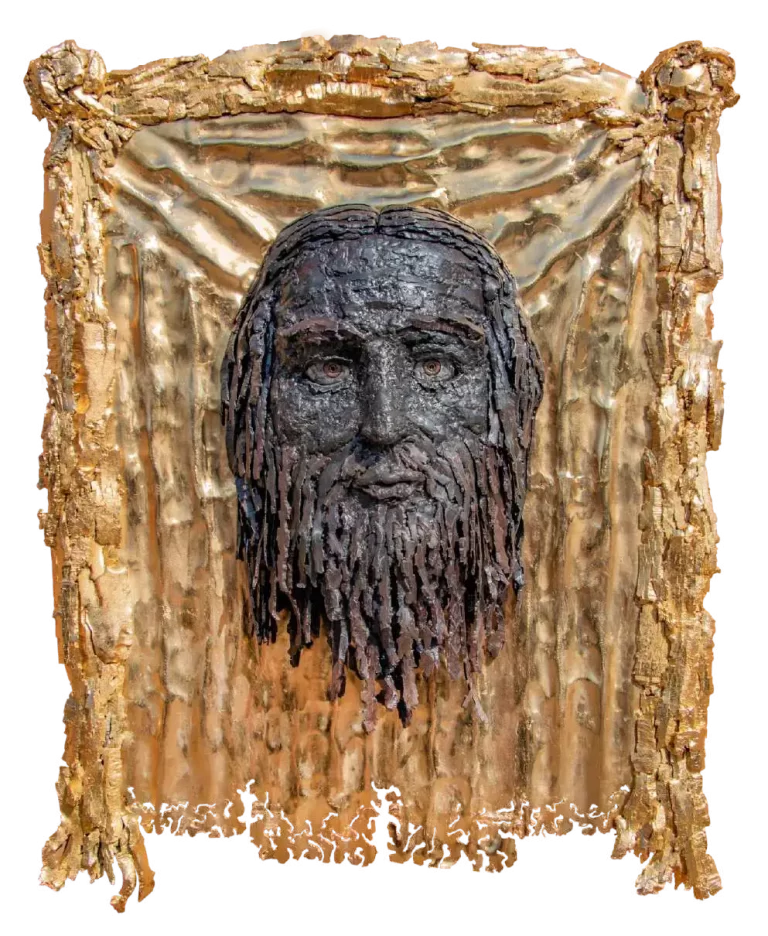
Estimated value: €750,000 – €1,000,000
This sacred image of Christ is crafted in six intricate layers, enclosing thousands of tiny metal fragments. Each fragment contributes to a radiant, multidimensional presence, turning remnants of matter into a testament of devotion and transcendence.
